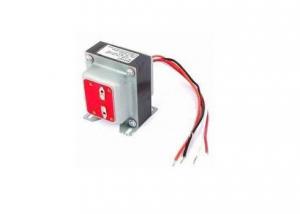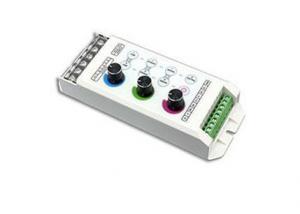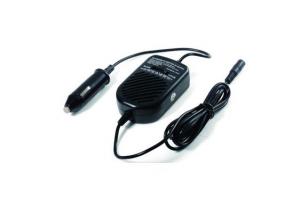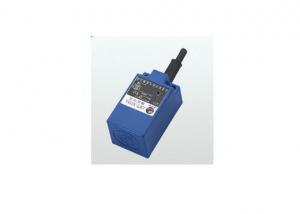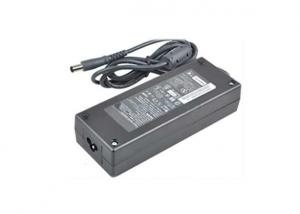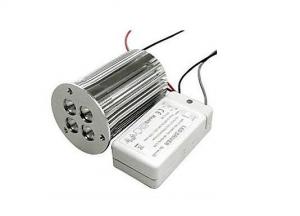Focus Solar Inverter
Focus Solar Inverter Related Searches
Phoenix Solar Inverter Inverter Solar Solar Solar Inverter Frontier Solar Inverter Smart Solar Inverter Solar Smart Inverter Solaris Solar Inverter Inspire Solar Inverter Sunshine Solar Inverter Fusion Solar Inverter Smart Inverter Solar Falcon Solar Inverter Solar Battery Inverter Solar Converter Inverter Solar Plus Inverter Inverter Solar Cell Sun Solar Inverter Battery Solar Inverter Solar Energy Inverter Solar Inverter Factory Inverter Solar Panel Power Solar Inverter Inverter Power Solar Install Solar Inverter Intelligent Solar Inverter Buy Solar Inverter Inverter Battery Solar Smart Solar Power Inverter Inverter Solar Panels Morning Star Solar InverterFocus Solar Inverter Supplier & Manufacturer from China
Focus Solar Inverter is a product that plays a crucial role in converting the energy generated by solar panels into usable electricity. This advanced technology is designed to optimize the performance of solar power systems, ensuring that the energy generated is efficiently harnessed and utilized. The Focus Solar Inverter is particularly effective in residential, commercial, and industrial settings where solar power is being harnessed to reduce reliance on traditional energy sources.The Focus Solar Inverter is widely used in various applications, such as powering homes, businesses, and even large-scale industrial operations. It is an essential component in solar power systems, as it helps to regulate the flow of electricity and protect the system from potential damage due to voltage fluctuations. In addition, the Focus Solar Inverter also enables the integration of solar power with the existing electrical grid, allowing for a seamless transition to renewable energy sources. This product is particularly beneficial in areas with high solar potential, where the adoption of solar power can significantly reduce energy costs and contribute to a more sustainable future.
Okorder.com is a reputable wholesale supplier of the Focus Solar Inverter, offering a large inventory of this product to cater to the needs of various customers. As a leading online platform, Okorder.com is committed to providing high-quality products at competitive prices, ensuring that customers can access the Focus Solar Inverter with ease and convenience. By partnering with Okorder.com, customers can benefit from a reliable source of supply, ensuring that their solar power systems are equipped with the best possible components to maximize efficiency and performance.
Hot Products




































